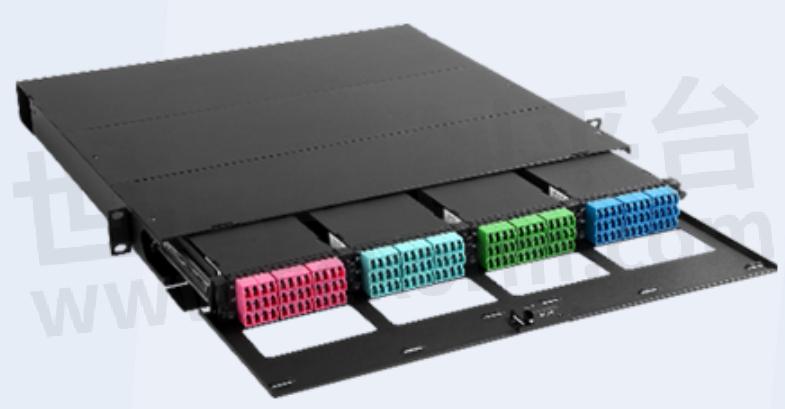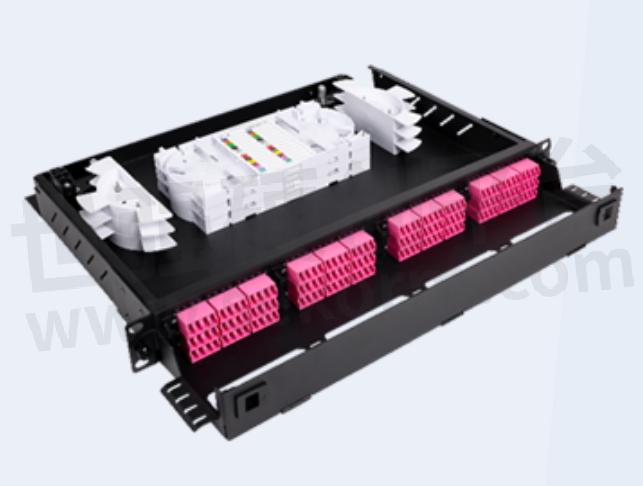Fiber Optic Patch & Splice Enclosures

Fiber Optic Patch & Splice Enclosures are called many different names due to respective habits across the industry: Fiber Enclosures, Termination Panels, Patch & Splice Panels, Fiber Splice Box, Splice Distribution, Fiber Splice Panel, Patch Panel, Fiber Optic Panel, Patch & Splice Panel, Patch & Splice Module, Fiber Splice Closure, Fiber Splice Chassis and the like. No matter what you call them, they all describe a box-like object that contains devices to connect various fiber optic cables.




Fiber Optical Enclosures come in different variations such as rack-mount, wall-mount, and indoor or outdoor.
The rack mount type is made for 19-inch rack mounting. They can be one or more rack units (RU) depending on the number of connections and patch density required for your applications.
One type is designed with fixed front panels for mounting adapters. Another incorporates removable front panels which can accommodate simplex, duplex, or quad adapter panels, with which, capacity adjustment and expansion can be carried out easily.
The rack mount enclosures come in two basic versions. One is the slide-out variety, and the other incorporates a removable top cover (fixed variety). The slide-out type is usually more expensive while the fixed type is less expensive but requires the user to remove the whole enclosure from the rack to gain internal cabling access when both the two have similar or adjacent physical configurations.
Indoor wall-mount enclosures can be widely seen in many constructions, while outdoor enclosures are generally used on a pedestal or power pole scenarios.
Another frequently seen component is the splice tray. It’s used for efficient management and storage of spliced fiber optic cables.
Fiber Optic Adapters are installed onto the slots in the enclosure to help mating various connectors. Fiber optic pigtails (a fiber optic cable with a connector on one end), mate with the adapters, and the fusion-spliced end is stored and protected in the splice tray.
- +1 Like
- Add to Favorites
Recommend
- OpDAT MV Highly Flexible Distributor Housing from METZ CONNECT is Designed for Fiber Optic and Copper Applications
- What is Armored Fiber Optic Patch Cord and What Are the Characteristics?
- Selection and Detection of Fiber Optic Patch Cord
- Classification and Instruction for Use of Fiber Optic Patch Cord
- Knowledge about Fiber Optic Enclosures
- Fiber Optic Connectors Glass vs. Copper
- The Ultimate Guide to Fiber Optic Transceiver Modules
- A Comprehensive Introduction to the Types, Male-Female, and Key Classification of MPO and MTP Fiber Optic Patch Cords
This document is provided by Sekorm Platform for VIP exclusive service. The copyright is owned by Sekorm. Without authorization, any medias, websites or individual are not allowed to reprint. When authorizing the reprint, the link of www.sekorm.com must be indicated.






























































































































































































































































































































































































































































































































































































































































































































































































































































































